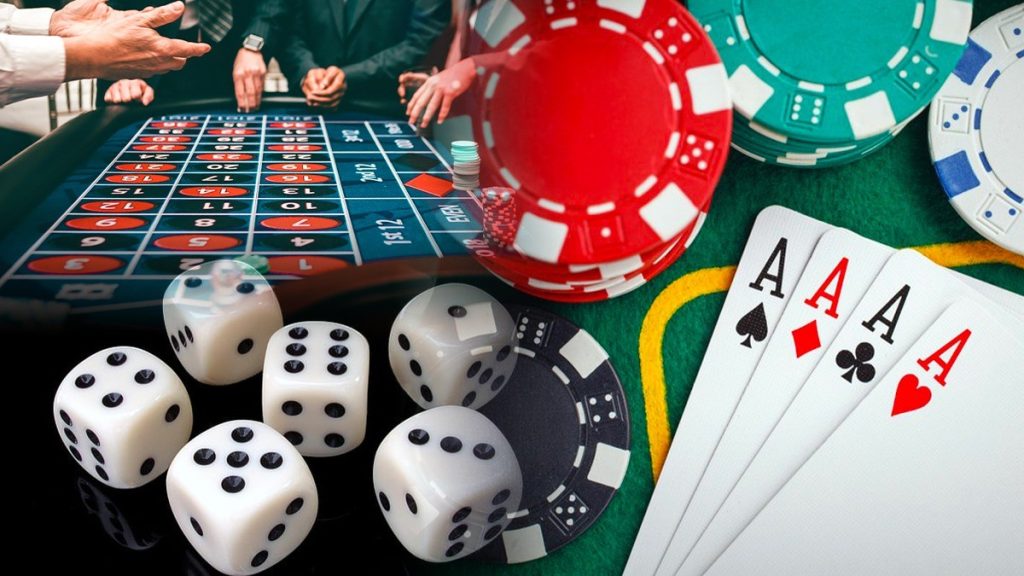Game filters don’t usually get much attention, but they quietly influence how we experience gameplay on a very practical level. From improving clarity in dark environments to reducing eye strain during long sessions, filters serve real, functional purposes. They’re not about “beautifying” the game – they help players see better, focus longer, and perform more consistently. As games become visually denser and hardware more customizable, understanding what filters do – and how to use them – becomes more relevant than ever.

Clarity Isn’t Cosmetic
Filters that adjust contrast, brightness, and sharpness make more of a difference than people realize. In visually complex or dimly lit games, standard visuals often fail to highlight key objects or movement. That can make the difference between spotting an opponent or missing a detail that affects gameplay. Simple tweaks like increased vibrance or slight sharpening help bring out depth and clarity, even in older titles that lack modern lighting systems.
This becomes especially useful in fast-paced games. Sharper details and better lighting cues can improve reaction time by a split second – enough to change the outcome of a competitive moment. Some players use filter overlays to soften harsh glare or tone down excessive shadows. These adjustments don’t modify the game’s core mechanics but create a clearer picture, helping players stay focused and confident during intense action.
Comfort and Personalisation
One of the most overlooked uses of filters is visual comfort. Games with heavy contrast or unnatural color palettes can be exhausting for the eyes, especially during long play sessions. That’s where personalized settings come in – adjusting warmth, saturation, or tone to match your screen and lighting conditions. Platforms like lv-kazino.com make this easier by letting players set profiles that feel right visually, rather than relying on default developer presets.

Filters also support accessibility. Colorblind players, for instance, often benefit from fine-tuning hue and contrast, making interfaces or enemies easier to distinguish. It’s not about aesthetics – it’s about making the game playable and enjoyable for more people. With most modern GPUs supporting real-time filter adjustment, even small tweaks can make a big difference in comfort and visibility.
Performance Still Matters
Not all filters come free. Applying extra visual layers requires processing power, and depending on the setup, this can slightly reduce frame rates. Reports suggest that most players see a 3–4 FPS drop when using advanced filters, especially at higher resolutions. For those with older hardware, even lightweight adjustments can cause lag or input delay. This has led some platforms to disable filters by default in recent updates to avoid unwanted slowdowns.
Game filters are part of a toolkit that deserves more credit. They’re not about adding fluff – they’re about improving how we see and interact with the game. Whether you’re trying to reduce eye strain, adjust for visual limitations, or make fast-paced scenes easier to follow, filters can help. As visual settings become more flexible and customizable, knowing how to use them effectively is a small skill that brings real benefits.
